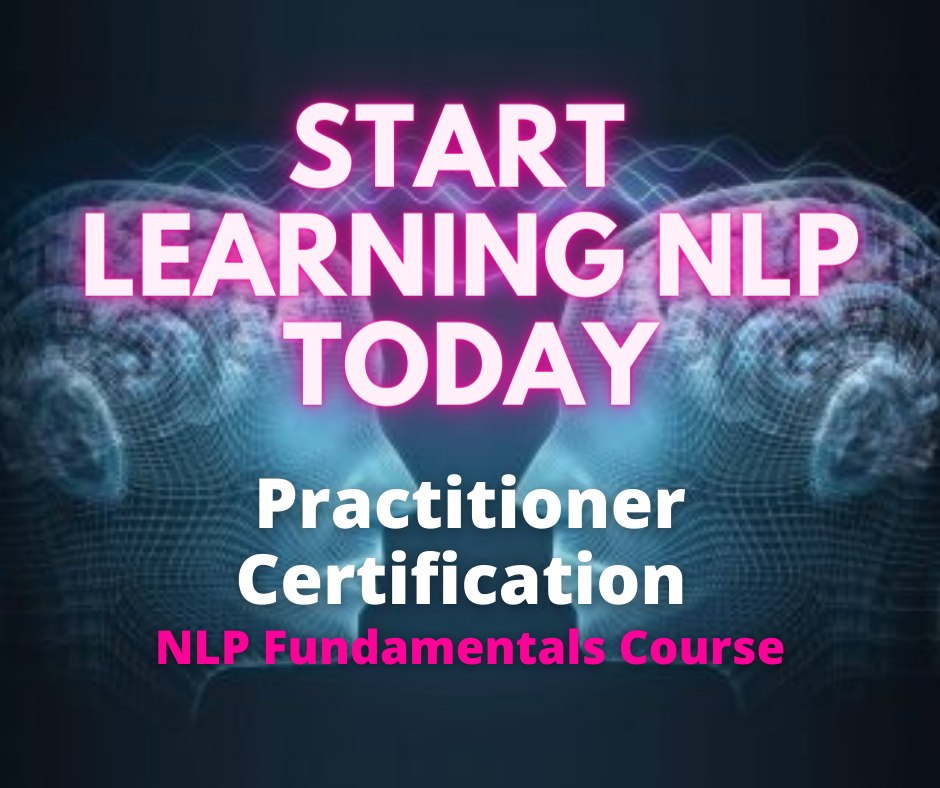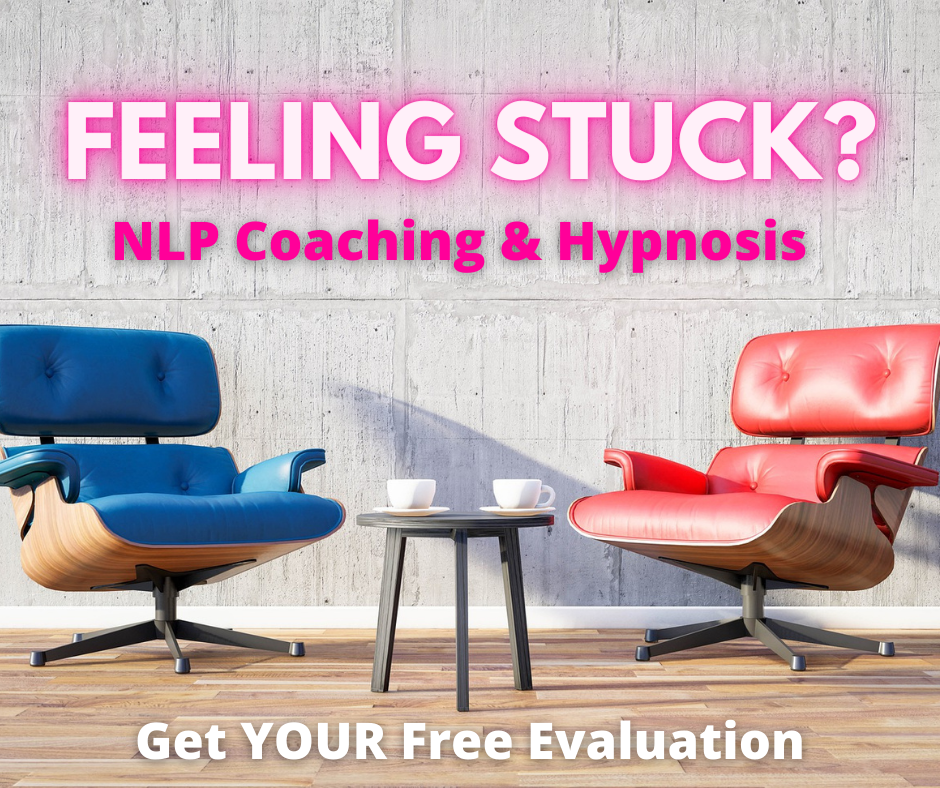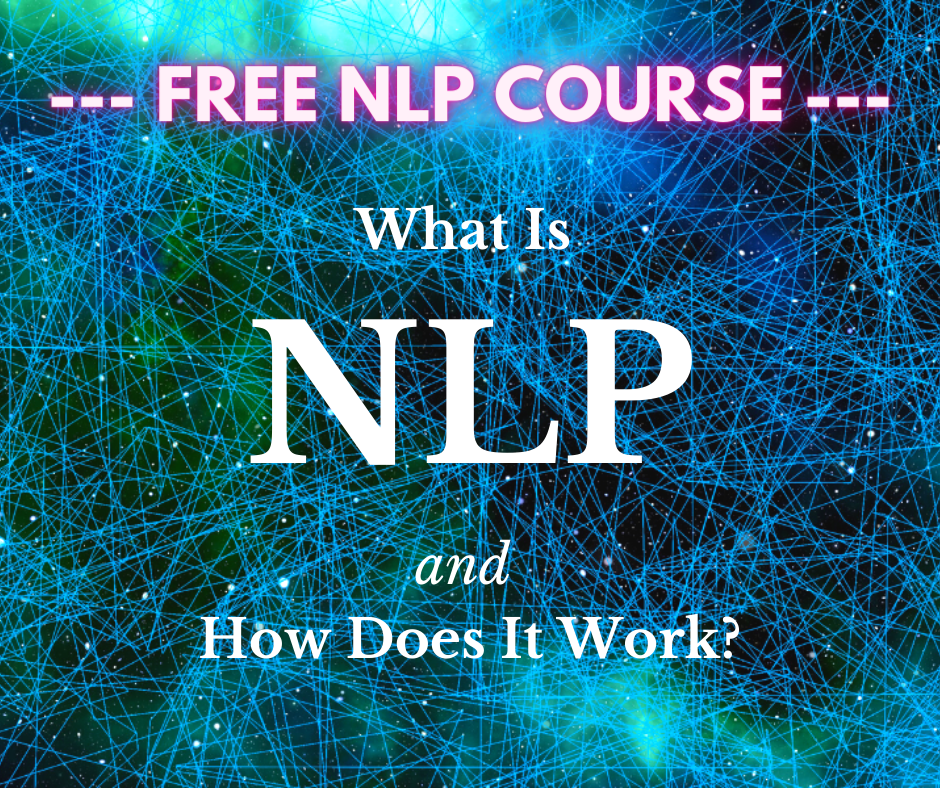In this video excerpt from the NLP Practitioner Certification Training you will learn about a fundamental NLP Skill known as ‘Break State’. Watch as Robert Harrison and Nick LeForce discuss what it is and how it works.
Transcript:
Robert Harrison:
Hi everyone. This is Robert Harrison and Nick LeForce today. Today we’re going to teach you about the break state; what it is, how it works, how to use it. Then, of course, we’re also going to give you some examples of break states. We will demo a couple of playful examples and then we’re also going to show you a video of using a break state with a very severe military trauma. We’re going to give you two different extremes. So… Nick, do you want to start us off with talking about the break state, what it is and how it works?
Nick LeForce:
Yeah. So break state is essentially what the phrase means. We often are in a state or in a frame of mind that might actually be interfering with our success, our resourcefulness or our ability to navigate through a situation. Break state just simply means we stop a particular state. We exit from it. We have a way of breaking state so that we can open ourselves to new choices or new possibilities.
Robert Harrison:
So that often can be this palate cleanser between states, as you were mentioning before…
Nick LeForce:
Right. Yeah.
Robert Harrison:
Or a kind of way to reset maybe between activities, especially if they require different attention set.
Nick LeForce:
Right. Exactly. If you just walked out of a meeting that was challenging for you, you need to go to another meeting, or you just had a sales event where you had great success and you’re going to another meeting where having that old feeling carried over could actually interfere, it would be nice to break your state then.
Nick LeForce:
For me, it’s an opportunity to really learn how we can manage our states and access, which we’ll learn about later on, access states that are appropriate for particular situations. But the first step is often stopping or stepping out of a state that we’re currently in.
Robert Harrison:
And of course, the other way that we often use the break state… and you’ll see this later on in the practitioner training, is in doing work with unuseful or unresourceful emotions. An extreme of that would be doing trauma work. In the video, you will see where we’re doing trauma work and how we use the break state to help get them out of that negative sympathetic arousal. Because when they’re in that state, they cognitively go offline and you cannot get work done anyway. To do the kind of work that we do in neurolinguistic programming, it requires that the client be able to stay in a resourceful state. It helps to keep them safe and helps to keep them comfortable and stay resourceful during a process work like that.
Nick LeForce:
It Could be really useful in those kind of more extreme situations. It also could be really useful just in everyday life… like you’re at a stop sign. It’s a red light, you’re in a hurry and you’re there saying, “Come on, come on. You know, I don’t have all day.” That might not necessarily be the best state for you to enjoy your life. Wouldn’t it be nice to just kind of be able to step out of that, break that state? And so there are lots of techniques that we can use to help that. And we can actually do break state with ourselves.
Robert Harrison:
Yeah. You can even set one up for yourself. Like for example, in the application of weight loss, often times people will mindlessly snack. I… And so one of the ways that we help them kind of break that mindless routine of what they were doing is we’ll have them do what we call the wall of water. We’ll have them put up a little wall of water bottles between them and their snack cupboard so that when they open up their cupboard mindlessly, they have to literally move the water to see the food. And just in the movement of the water, it snaps them too and pops them out of their state and helps to interrupt and break the state so they can at least consciously choose to do it or not.
Nick LeForce:
Right. Right. And that’s… I think the main idea behind break state is it gives you the ability to manage your state more effectively. And when you’re working with others or you’re in life situations to help people get out of uncomfortable states. Say you’re in a conversation with somebody and they go into a controversial topic that maybe you’re not really ready to talk about… might be nice to break the state then and do something different. Yeah.
Robert Harrison:
So we can play with a couple playful examples. I think the first one that we might do is… Do you want to, we talked about this before Nick? I can be the dad and you can be the son with the skinned knee?
Nick LeForce:
Yeah. Okay. I’ll do the son with the skinned knee.
Robert Harrison:
Okay.
Nick LeForce:
Okay. You ready?
Robert Harrison:
Yeah. I’m ready.
Nick LeForce:
I just… Look at this. It’s a boo boo.
Robert Harrison:
Do you think we have any Spider-Man bandaids left?
Nick LeForce:
Spider-Man band-aids. I don’t know. This one looks too big for a Spider-Man band-aid.
Robert Harrison:
I wonder if we have the Incredible Hulk.
Nick LeForce:
Really… Incredible Hulk? That might be big enough, you think?
Robert Harrison:
I don’t know. We could go see if we have it.
Nick LeForce:
Let’s do that.
Robert Harrison:
Yeah.
Nick LeForce:
Yeah. So even though this is a little kind of made up situation, you get the idea that… and those of you who are parents probably have had this come up many times in interacting with kids. There’s a great story that Ericson tells about his son, Robert having fallen, I think it was and cut his thumb and it was bleeding pretty badly and he’s crying and Ericson comes over and he says to him, “Man, that, that, that must really hurt, Rob.” Robert was just crying. And he says, “Yeah, it really hurts.” And he goes, “But look at that blood, that blood looks so red, let’s go in and see how that blood thins out in the water.” He takes him in and starts running the water over, talking about the changing color of the blood as the water is washing over it.
Nick LeForce:
Robert had this complete change in his experience. I know for me, I’ll tell one more quick story. When I was probably about 6, I was in a one of those teasing times with my sister. I was big enough that I could actually reach my hands across and put them on the frame of the door to her bedroom. I had my hands on the frame of the door to the bedroom, blocking her from coming out and teasing her. She slams the door completely on my thumb. And you know, I’m like wailing. Then, she opens the door and I’m hopping up and down… actually holding my thumb, hopping up and down. But she thinks I did something to my foot. So she ran over, gets my mother. They take me to the hospital. My mo… My thumb is like completely smashed.
Nick LeForce:
I get to the hospital and the doctor sees it. I’m in real pain. The doctor sees it and he starts looking at… He goes, “Man, I’m going to have to reshape your thumb. I’m going to have to rebuild your thumb. You were really injured. You’re really strong because look at that, you’re just crying this much. You, you can really, you you’re amazingly strong and I’m going to rebuild your thumb. We’re going to put it in this Epsom salt,” which of course was going to clean it out. I guess that’s what they used it… Literally, they plunged my thumb in this Epsom salt, but he tells me, “Look, I’m reshaping your thumb.” And he’s actually squeezing my thumb in certain ways. I became so fascinated with the fact he was reshaping my thumb, I no longer felt any pain.
Robert Harrison:
That’s awesome.
Nick LeForce:
Yeah.
Robert Harrison:
I remember one time I was doing navy junior boxing.
Nick LeForce:
Hmm.
Robert Harrison:
We had these big gloves on these little hands, so we wouldn’t really hurt each other. But one… my friend who I was fighting hit me really, really hard. I remember I started to cry a little bit and I got really upset cause I hadn’t actually really been hit hard before. I went back to my corner. I remember I was crying. I was like, “Oh dad, I, it hurt. He hit me,” whatever. All of sudden he looked at me and he just kind of grabbed me and he goes, “What are you going to do about it?” Then, he turned me around and it just completely interrupted what I was doing and completely altered it.
Nick LeForce:
Yeah.
Robert Harrison:
Yeah.
Robert Harrison:
He got me thinking a little bit differently.
Nick LeForce:
Right.
Robert Harrison:
Yeah. They can be very, very powerful. I also remember when working with the chronically mentally ill, sometimes they would start to tell these stories and they’re so used to telling those stories. It’s like listening to an album after a while with… when you’ve been with the client six months and you’re seeing them weekly, you hear the same stories over and over and over again. And I remember one time we… I was playfully with a client at, at her house and I knocked over mid story, her whole thing of pencils. And I said, “Oh, I’m so sorry.” And then we went to pick them up. And then I switched subjects when we came back online. So when she came back up, I said, “So where do you think you want to go today when we go out and what do you think you want to do?” [crosstalk 00:08:40] Right? And it just completely switched gears on her completely.
Nick LeForce:
Yeah. So the upshot of these stories is that we are already in many ways, we’re already doing pattern interruptions or break states in our daily life. We just may not have thought of them as a technique that we can use… that could be helpful for us.
Robert Harrison:
Yeah. Like a lot of times, if we’re helping someone to cheer someone up or help… We’re really helping them to change how they feel and a lot of times we’re doing that by doing a break state. Doing ridiculous things is another great example that often is a break state when something’s happening. No one’s not sure how to react when someone kind of does something goofy or if a person falls over, you look to see how they respond. You know, I remember that with my children from the very first time, they were very young. If they’d fall over and hurt themselves, they would always look up to myself or my wife to figure out how to react and respond.
Nick LeForce:
Right. How serious [crosstalk 00:09:36].
Robert Harrison:
Yeah. It’s a great opportunity if they’re in an unresourceful state to break it or to redirect it into a more resourceful state than maybe we would expect.
Nick LeForce:
Right. Yeah.
Robert Harrison:
Yeah.
Nick LeForce:
Excellent.
Robert Harrison:
Okay. Good. All right. So that’s break state and you’ll also have the video to follow up with that and then the handout as well.
Nick LeForce:
Yeah.











